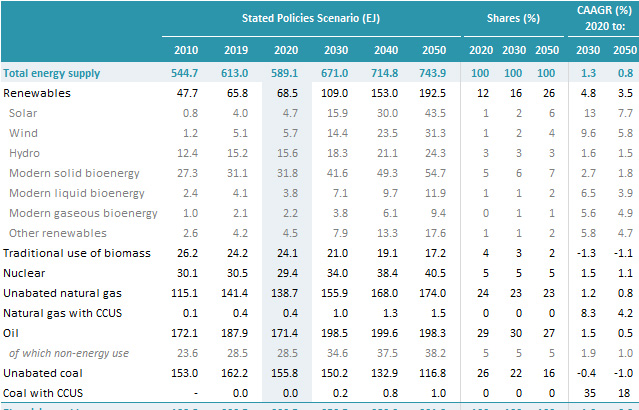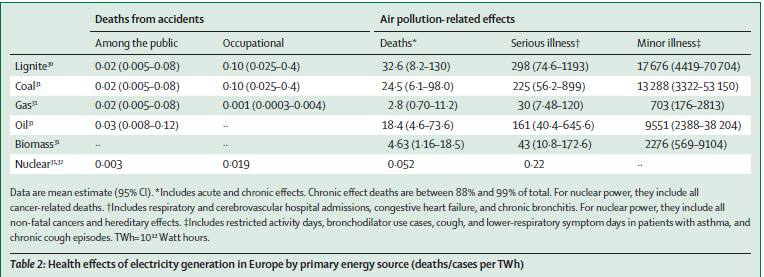Environment & Energy
Related: About this forumNew Weekly CO2 Concentration Record Set at the Mauna Loa Observatory, 421.63 ppm.
As I've indicated repeatedly in my DU writings, somewhat obsessively I keep a spreadsheet of the weekly data at the Mauna Loa Carbon Dioxide Observatory, which I use to do calculations to record the dying of our atmosphere, a triumph of fear, dogma and ignorance that did not have to be, but nonetheless is, a fact.
Facts matter.
When writing these depressing repeating posts about new records being set, reminiscent, over the years, to the ticking of a clock at a deathwatch, I often repeat some of the language from a previous post on this awful series, as I am doing here. It saves time.
As I pointed out in several previous threads, 2020 was an unusual year for worldwide energy consumption, inasmuch as for the first time in history, it was a year in which the worldwide use of energy - which remains, and is increasingly dependent on the use of dangerous fossil fuels - declined, from 613 EJ in 2019, to 589 EJ in 2020. This was not, of course, the result of the world embracing the nonsense ideology of the anti-nuke Amory Lovins about how energy conservation in the suburbia dominated bourgeois world would save the whole world, including places about which he couldn't care less, say Antarctica for example. It was the result of the spread of a terrible highly contagious disease, the resulting lockdowns associated with that disease. (It is interesting however that the disease never killed as many people as air pollution kills without much of a public whimper.)
The data from the 2021 IEA World Energy Outlook I've taken to posting lately in several threads:

Nevertheless despite the brief and almost certainly unsustainable decline in the use of dangerous fossil fuels, the concentrations of the deadly dangerous fossil fuel waste carbon dioxide continues to rise, because 589 EJ is nothing at which to sneeze, and because land use changes and feedback loops persist. As I track these things, I have made a habit of posting threads each year when new records are set, as they are each Northern Hemisphere late winter or early spring. (CO2 concentrations decline each summer because of the vegetation is mostly located in the Northern Hemisphere. Annual peaks are usually observed in April or May.)
Last year's record setting peak was 420.01 ppm, recorded in week 16 of 2021, the week beginning April 25, 2021.
In all the years of tracking the weekly readings at Mauna Loa's CO2 observatory, I have had the impression that 2022 has thus far been a relatively mild year for increases in the concentrations of the dangerous fossil fuel waste CO2 in the atmosphere. There have been, for example, five weeks wherein the increases have been less than 1.00 ppm when compared to the same week of the previous year, the lowest having been the value recorded in the week beginning May 1, 2022, when the increase was "only" 0.37 ppm. This is very, very unusual. Overall the average week to week increase in carbon dioxide concentrations in 2022 has been "only" 1.90 ppm/year, compared to the pre-Covid year of 2019, where this same average was 2.90 ppm/year. The average of these readings in the 21st century is 2.17 ppm. In the 20th century it was 1.54 ppm.
We're doing great!
One may speculate - I do, given the lockdowns in China, which is the largest overall contributor of climate change gases to the atmosphere, but distantly trails the US in per capita emissions - that Covid and not the outbreak of a so called "renewable energy" nirvana is responsible for the "mild" year 2022 seems to be in the first half.
Nevertheless, a new record has been set for a weekly reading has been set:
This past week, the week beginning May 29, 2022 we exceeded that figure, with a reading of 421.63 ppm:
Week beginning on May 29, 2022: 421.63 ppm
Weekly value from 1 year ago: 419.53 ppm
Weekly value from 10 years ago: 396.42 ppm
Last updated: June 5, 2022
Weekly average CO2 at Mauna Loa (Accessed 06/05/22)
Last year's record was the first to exceed 420 ppm, set less than ten years after we first saw measurements greater than 400 pm, in the week of 5/23/2013, the record for 2013, 400.03 ppm.
The daily data, from which the weekly averages are composed as described on the observatory is also reported at Mauna Loa, although I do not keep a record of this somewhat noisy data in spreadsheets. It is nonetheless disturbing:
June 04: 421.13 ppm
June 03: 421.57 ppm
June 02: 421.64 ppm
June 01: 421.94 ppm
May 31: 421.83 ppm
Last Updated: June 5, 2022
Recent Daily Average Mauna Loa CO2
There are 1961 ten year week to week comparators in my spreadsheet. The current one, for the week beginning May 29, 2022, the 21st week of the year, comparing the value with the 21st week of 2012, shows an increase of 25.21 ppm. This is the 16th highest out of 1961 such data points. Of the top 50 of these data points, all of them have occurred since the beginning of 2019. The 52 week running average of such ten year comparators is now 24.46 ppm/10 years, 2.45 ppm/year.
As 2022 has been a "mild" year for increases, I'm not sure that we will see weekly average readings as high as 422 ppm, but it is certainly not out of the realm of possibility. Most often the new records in the sinusoidal measurements imposed on a monotonically increasing quasi-linear axis are established in May, less frequently in April. The increase measured here, "only" 1.62 ppm higher than last year's record, may be "it." I don't know. The last time a new weekly record for atmospheric concentrations of the dangerous fossil fuel waste CO2 was established in June was 1980, for the week beginning June, 1, 1980, 42 years ago, when the reading was 341.61 ppm, roughly 80 ppm less than we saw this week.
One may speculate as whether the reduced yields of agricultural crops from the extreme temperatures now being observed in the Indian subcontinent coupled with water shortages will lead to a late annual peak. I'm not prescient like say, um, um, Amory Lovins has made a career, since 1976, claiming to be. The results of his soothsaying and antinuke rhetoric are in.
In any case, speaking of 1980, a year in which I was quite alive but still young, it was the heyday of the oft repeated statement that nuclear energy is "too dangerous." I was a dumb shit then, and I took up that idiotic cry myself. My change of attitude about nuclear energy took place following 1986, when the Chernobyl reactor exploded and the result was not wiping out the then Soviet city of Kyiv, which I had been trained to take as a "given."
The irony of all this is that more people in Kyiv have been killed by weapons powered by dangerous fossil fuels - weapons largely financed by the Russian export of coal, oil and gas to the officially anti-nuke country of Germany - than were killed by radiation released by an exploded reactor less than 100 km away from it.
The data as to whether nuclear energy is "too dangerous" speaks for itself.
German carbon intensity.
French carbon intensity.
One can access the current data at these links at any time of day on any day during any week and see which country is burning more coal in 2022.
Coal plants kill people whenever they operate normally.
Anil Markandya, Paul Wilkinson, Electricity generation and health, The Lancet, Volume 370, Issue 9591, 2007, Pages 979-990.
Here's table 2: 
Go figure.
If any of this disturbs you, don't worry, be happy. I've been hearing my whole life that so called "renewable energy" would save the world. It didn't happen, it isn't happening, and I firmly believe it won't happen, but you don't have to believe me. There are all sorts of webpages all over the internet with happy talk about wind turbines, solar cells, and electric cars, including those made by that cowboy hero, Elon Musk, who wants you to believe that we can all ride on his rocket ships to Mars once we've completed destroying this planet, and wreck another one. Take a ride to Mars in his swell Tesla electric car, and if you can't do that, head over to one of those multitudinous websites about wind, solar, and electric cars. Then you can happily ignore all the facts herein.
Facts, nonetheless, matter.
Have a nice Sunday.
Mickju
(1,803 posts)I doubt that we will wake up in time, sadly.